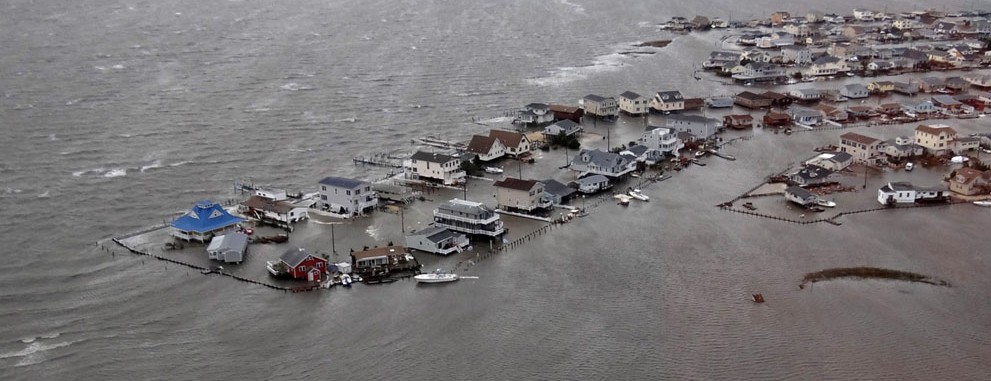Things to consider: How to communicate flooding vulnerabilities and increase community resiliency

It is important to realize when working with a community subject to increasing flooding risks is that this is a very emotional, multi-layered issue. The first step in engaging in community outreach is gaining an understanding of the risks. Obtaining FEMA flood maps for the community is a good place to start; overlay this information with land use information to include critical facilities such as police and fire, hospitals, nursing homes, emergency management, electrical substations, water and sewer treatment facilities, evacuation routes, and emergency shelters, for example. Once the vulnerabilities are mapped and understood, the next step is to determine how to make the community more resilient in both the short and the long term.
Resiliency is the ability of a community or individual to rebound after a disaster. Projects can include a wide range of efforts, including:
- Efforts to improve communication and strengthen networks to reach people in need more quickly and effectively.
- Outreach to educate people on how to protect their home and family in the event of an emergency, such as preparing a communications plan, compiling an emergency kit, or distributing information on building techniques to reduce flooding such as home elevation.
- Community wide projects to reduce flooding impacts such as constructing living shorelines, seawalls or bulkheads, improving drainage, or elevating roads.
- Community projects to increase safety in the event of a flooding event, such as relocating at-risk critical facilities.
- Efforts to reduce the costs of flood insurance, through entering the FEMA Community Rating System (CRS). This program provides a menu of options that communities can take to reduce flooding risks and assigns points to each. The more points a community has, the greater reduction in flood insurance residents will realize. (Note that compliance with the National Flood Insurance Program (NFIP) is a prerequisite for entering the CRS program.)
These are just a small sampling of the types of projects that our client communities have asked us to undertake to increase understanding of and resiliency to flooding.


